The New York Times (NYT) published a long piece describing recent destructive wildfires in Minnesota, claiming that they were “fueled by climate change” and more likely to happen again in the future because of ongoing global warming. The NYT’s claims are unfounded. The NYT’s own article admits that serious fires are not unprecedented for the region, and data show that wildfires and fire weather have not been getting worse in Minnesota.
Minnesota suffered from three significant wildfires this May, which the NYT reports “consumed more than 32,000 acres and destroyed an estimated 150 structures, serving as a kind of wake-up call for residents who often see their state as spared from the very worst of disasters fueled by climate change.”
The article explains that Duluth is considered “climate-proof” by Californians and other south westerners looking for reprieve from heatwaves and wildfires, which is completely absurd on its face. The climate always changes, everywhere, and extreme weather likewise happens everywhere, so whoever is leading people to believe that they will be safe from weather in any given state is being dangerously misleading. This same narrative drove people to Asheville, North Carolina, in the years leading up to the catastrophic and deadly flooding from Hurricane Helene. Climate Realism explained then that the region has a history of killer floods and other severe weather, but apparently real estate “experts” had told people it was some kind of haven from bad weather.
NYT claims that the recent wildfires in Minnesota “underscore that the warming climate is also making disasters more likely in Minnesota as wildfire season — a fact of life in the state — is becoming longer and more severe, experts say.” They claimed that Minnesota usually sees an average of 1,200 wildfires, impacting 12,600 acres, but this year has seen a spike; a thousand fires, which destroyed over 50,000 acres.
However, wildfire data for Minnesota from 2006 to 2024 is publicly available, and paints a different story. Accepting the NYT’s claim that this season so far has seen 1000 wildfires which have burned 50,000 acres, I was able to plot this chart.
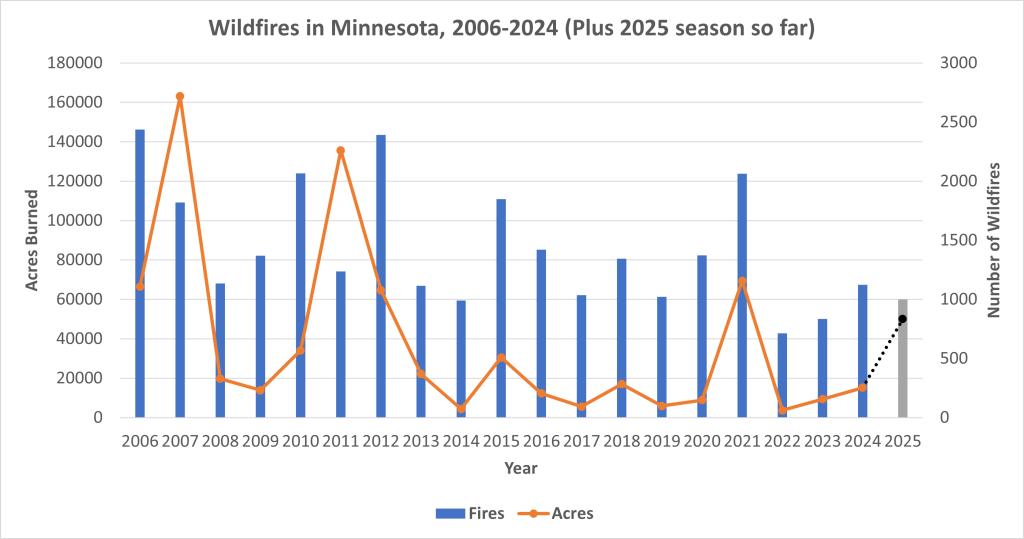
Even if by the end of this year Minnesota has a record breaking wildfire year, it is clear that there is no trend towards a greater number of fires, nor larger amounts of acreage burned in this dataset. If anything, the data indicate that the number of acres lost to wildfires annually has declined since the early 2000s, as have the total number of fires.
The warm season may become longer with modest warming, as spring arrives earlier, but that doesn’t mean that the fire season will become longer or more severe. The data in Minnesota just doesn’t bear that out.
One expert interviewed by the NYT, Sarah Strommen, head of the Minnesota Department of Natural Resources, said that they “are trending toward hotter, drier weather[.]”
Data compiled by the National Centers for Environmental Information (NCEI) refutes this claim. According to the state climate report, although temperatures in the state have risen 2.5°F since 1900, annual precipitation has been increasing over that period, and days with temperatures of 90° or higher have declined since the 1930s peak.
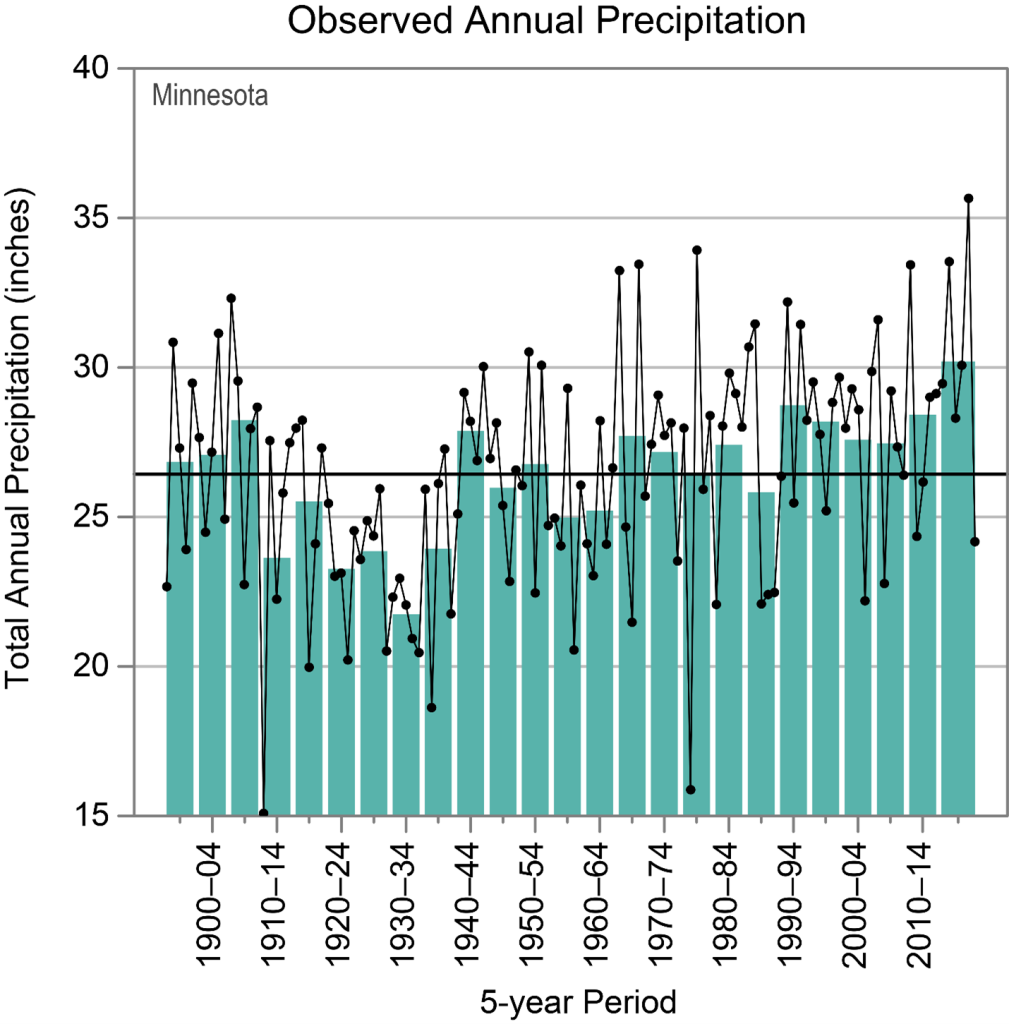
Springtime precipitation has also been increasing over time in Minnesota, according to National Oceanic and Atmospheric Administration data.
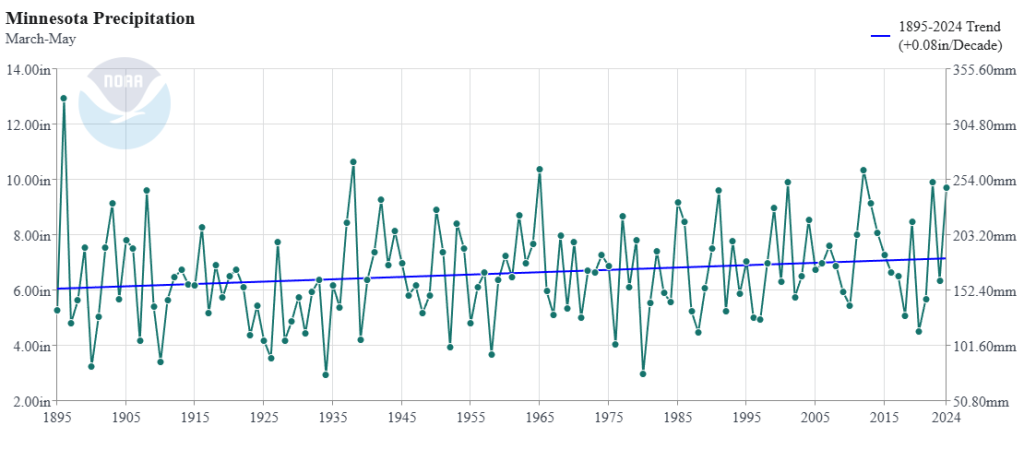
Interestingly, the NYT admits that the forests of northern Minnesota and Canada “are designed to burn,” and the “second deadliest fire in U.S. history was in 1918 in this very part of Minnesota, and is believed to have killed more than 1,000 people.” The largest fire in Minnesota history was the Great Hinckley Fire of 1894, which burned 350,000 acres and killed 418 people. That one happened in September, but like in the recent fires, there was a weather inversion present, which the Minnesota Department of Natural Resources described as “hot air trapped by cooler air above it,” accompanied by “the temperature climbing to 90 degrees, strong winds, [and] lack of humidity[.]” These are the exact conditions described in the NYT article about the recent fires.
The types of wildfires Minnesota has recently experienced are not unprecedented and state weather data does not support the claim that climate change has had anything to do with them. A terrible combination of temporary weather conditions created the right environment for serious fires, yes, but such fires and the conditions that led to them are entirely natural, if historically relatively rare for the region. The New York Times should have exercised a little journalistic skepticism, and fact checked the information given to them by the “experts” they interviewed as sources. This would have improved the NYT’s flagging reputation for truth seeking and integrity and left its readers better informed.







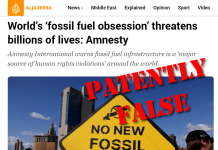






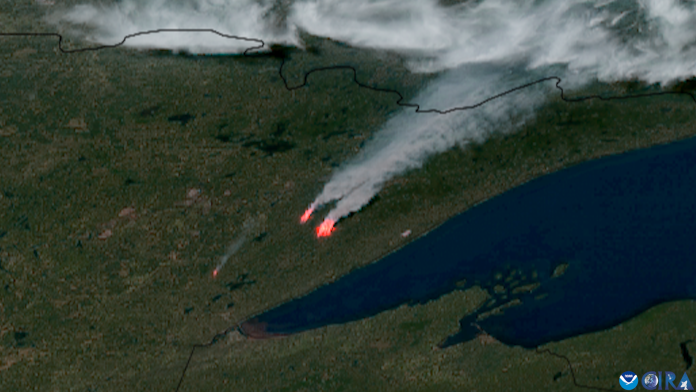







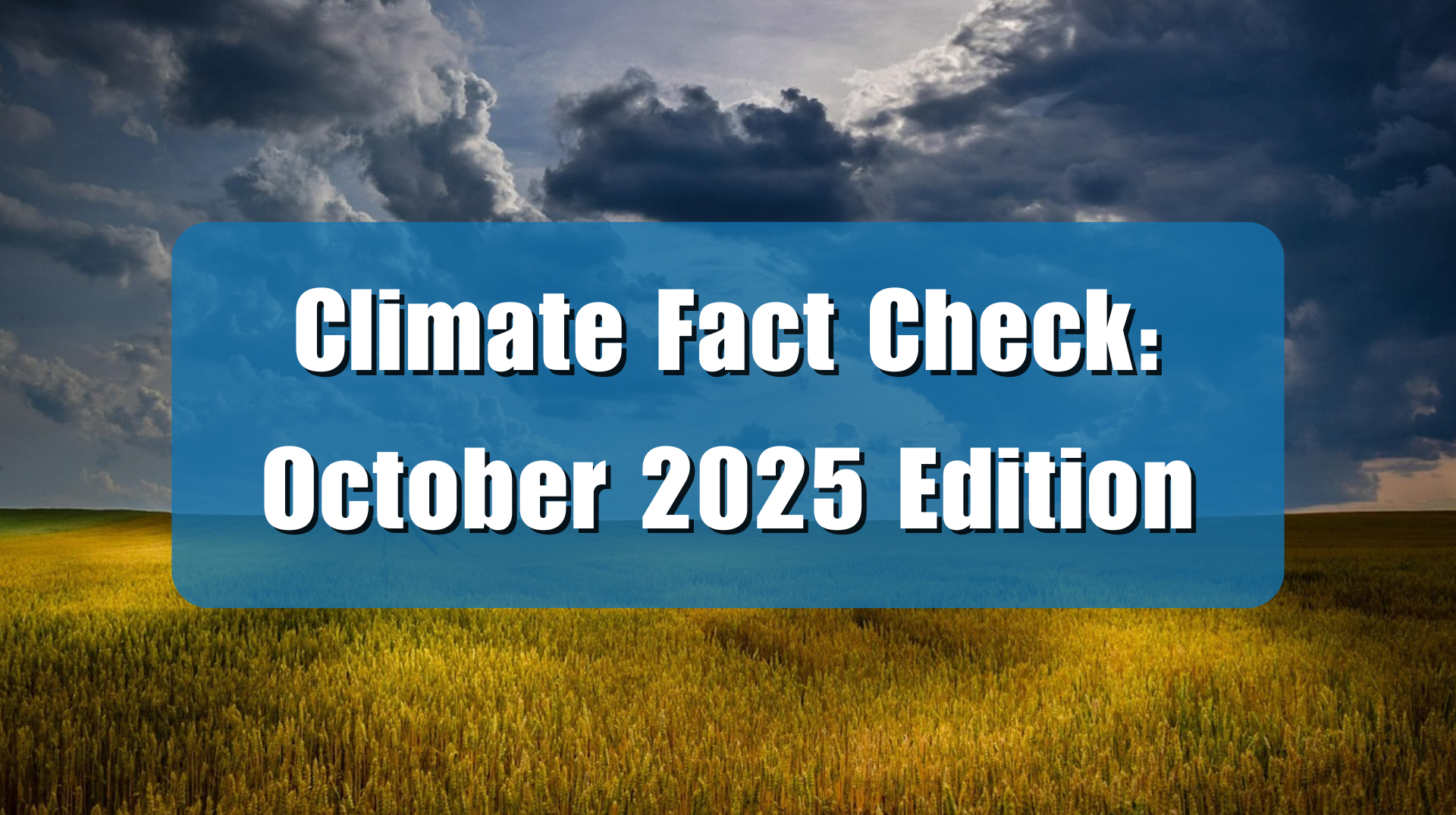
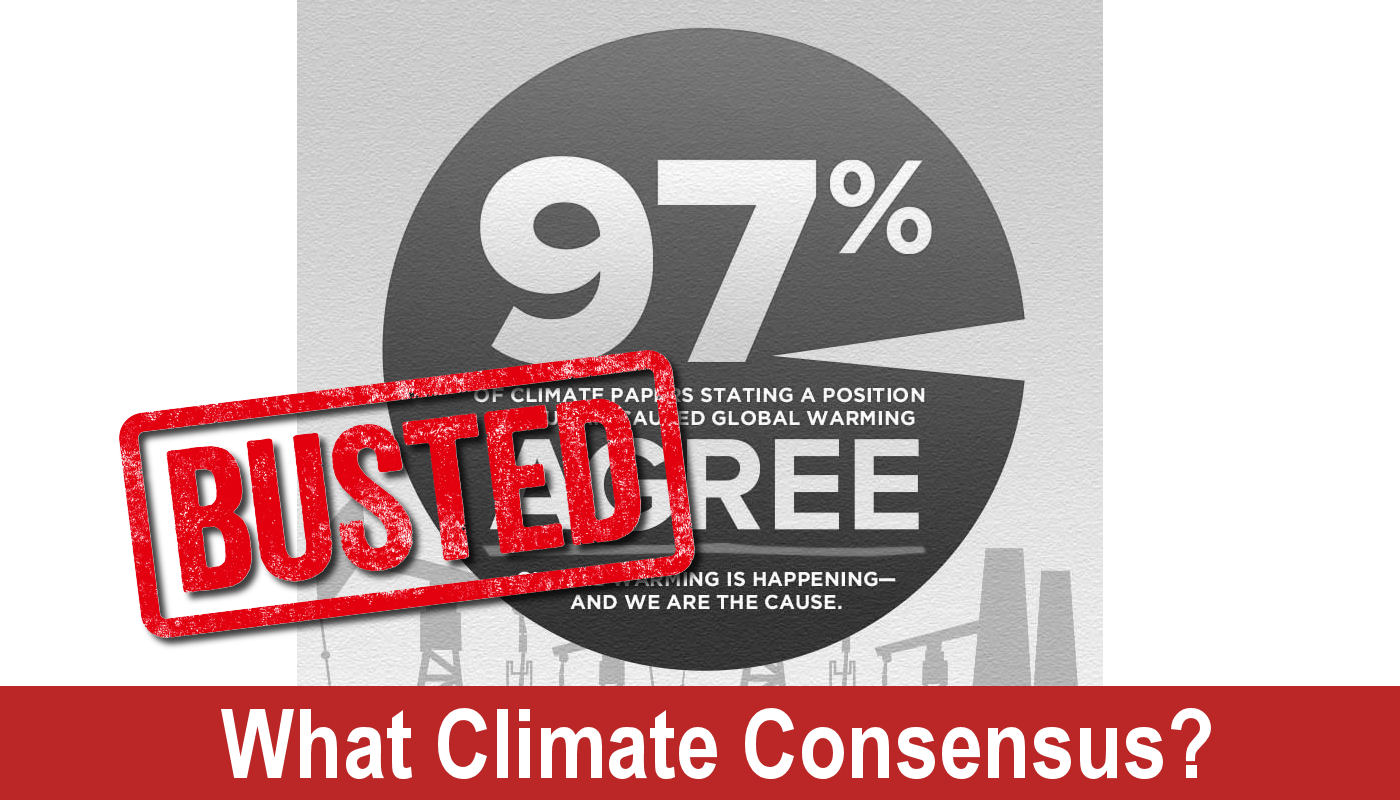
Yes the state is getting more rain, but that rain is in the form of heavy rains. One could say that this indicates a factor of global warming. It is hard to make a prediction on burnt acreage only halfway through the year.